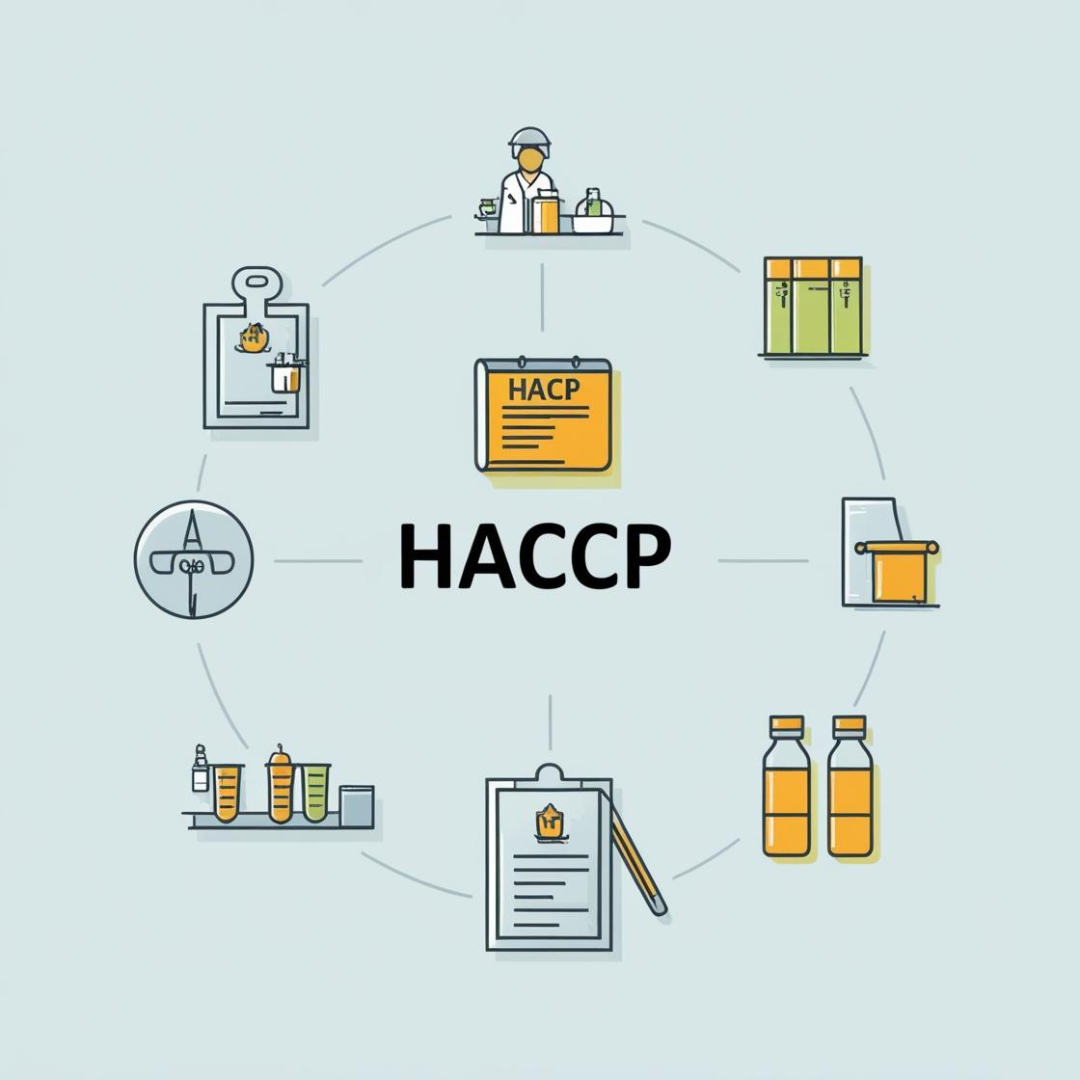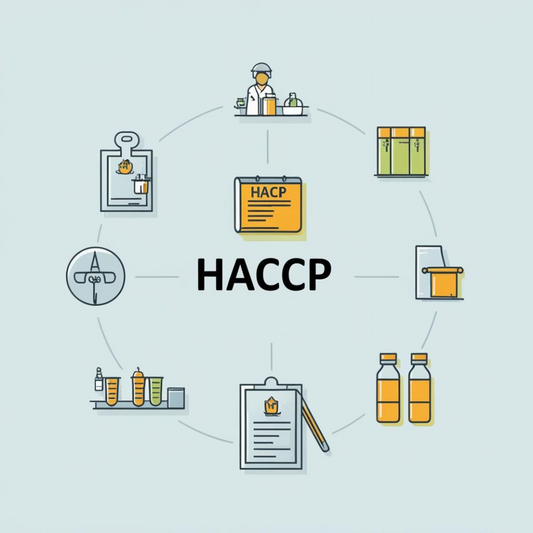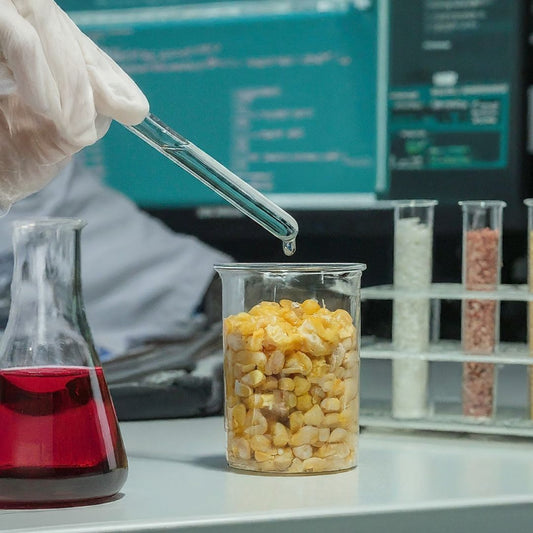NASA Commits to Rescuing the Swift Observatory: A Mission to Save a Science Asset in Decline
Share
For nearly two decades, the Neil Gehrels Swift Observatory, launched in 2004, has been one of NASA’s workhorses in monitoring the high-energy universe. It detects gamma-ray bursts (GRBs), studies black holes, supernovae, neutron stars, and more. But Swift is now in a race against time. Orbital decay—accelerated by atmospheric drag that worsens with increased solar activity—is slowly bringing Swift down. Without intervention, it may reenter Earth’s atmosphere by late 2026.
To preserve this unique observatory, NASA has taken the bold step of partnering with a private startup to design and execute a rescue mission to raise Swift’s orbit.
Why Swift Needs Saving
No Propulsion Onboard: Swift was never equipped with propulsion or docking aids. That means it has no means to raise its orbit or counteract drag on its own.
Orbital Decay is Accelerating: Solar activity causes Earth’s atmosphere to expand, increasing drag on low Earth orbit (LEO) satellites. Swift is now in a lower orbit than it used to be, making the decay even more rapid.
High Risk of Uncontrolled Reentry: Estimates from NASA and analysts suggest there’s about a 50% chance of uncontrolled reentry by mid-2026, rising to 90% by the end of 2026 if nothing is done.
Losing Swift would be a major setback. It’s currently one of the few observatories that respond quickly to gamma-ray bursts and alerts from other telescopes, and is integral to time-domain astrophysics.
The Rescue Plan: How NASA & Katalyst Aim to Save Swift
To address the problem, NASA has engaged the startup Katalyst Space Technologies under a $30 million contract to design a mission that will rendezvous with Swift, dock (despite Swift not being built for servicing), and push it to a higher, safer orbit.
Key Components of the Plan:
Spacecraft: Katalyst will use a modified version of its “Link” spacecraft. It will require a custom robotic mechanism capable of gripping onto small metal features (flanges) that were originally used for transport pre-launch—these are not docking ports.
Mission Timeline:
* Modifications and preparations are targeted during late 2025 and into early 2026.
* Launch is currently planned for May 2026.
* Rendezvous and orbit raise operations are expected around mid-2026.
Contract & Development Path: The contract was awarded through NASA’s SBIR (Small Business Innovation Research) program. Two companies—Katalyst and Cambrian Works—were given Phase III SBIR grants to conduct concept studies.
Technical & Operational Challenges
This mission is not without significant hurdles:
1. Unprepared Satellite: Swift was not designed for servicing or docking. It has no docking ring, no propulsion, no standard attachment points for servicing spacecraft. Engineers must rely on existing structural flanges suitable for grappling, with high precision to avoid damage.
2. Safety & Risk: Docking to an unprepared spacecraft requires extremely precise control. Any misalignment or mechanical error could damage Swift’s science instruments. Moreover, the mission must avoid creating additional debris.
3. Rapid Schedule: NASA and Katalyst are working under a tight timeline. With Swift’s orbit decaying, delays in development, launch, or docking could result in missing the window to avoid reentry.
4. Cost vs. Replacement: One reason for pursuing this plan is that the cost of servicing Swift is expected to be much lower than building a new observatory with the same capabilities. But designing safe, reliable docking is complex.
Implications & Significance
The Swift rescue mission is notable for several reasons:
First of its Kind: If successful, it will be the first time a commercial (non-government) robotic spacecraft has docked with an unprepared satellite, i.e. one that was not designed for servicing.
Proving Ground for On-Orbit Servicing: This operation could demonstrate that old satellites, even without service ports, can have their lifetimes extended. That has big implications for satellite longevity, reducing waste, cost savings, and sustainability in space.
Technology & Industry Push: The mission supports growth of a nascent industry in servicing, docking, satellite maintenance, and space infrastructure. This can deepen U.S. leadership in space tech.
National & Geopolitical Context: Capabilities in on-orbit maneuvering and servicing are increasingly viewed as strategic. The U.S. sees this mission as both a scientific necessity and part of advancing space operational readiness.
What To Watch Going Forward
Progress in engineering the docking capture mechanism: whether the design using flanges works as intended.
NASA and Katalyst’s ability to stick to the May 2026 launch window. Any delays might push Swift into a too-low orbit.
Data and instruments on Swift: ensuring that the boost does not negatively affect ongoing science operations.
Public release of mission concept details, risks, backup plans, and cost estimates.
Whether the success of this mission leads to more frequent on-orbit servicing missions, particularly for satellites originally not built to be serviced.
Conclusion
The plan to rescue the Swift Observatory is ambitious, urgent, and full of technical challenges—yet it also offers a rare chance to preserve a critically important observatory at modest cost relative to a replacement. If all goes well, Swift will continue to study the most violent and energetic events in the universe for years longer than current decay models allow.
This is more than a mission to save one telescope—it’s a proof-of-concept for the future: where space infrastructure can be maintained, extended, and renewed rather than abandoned.





